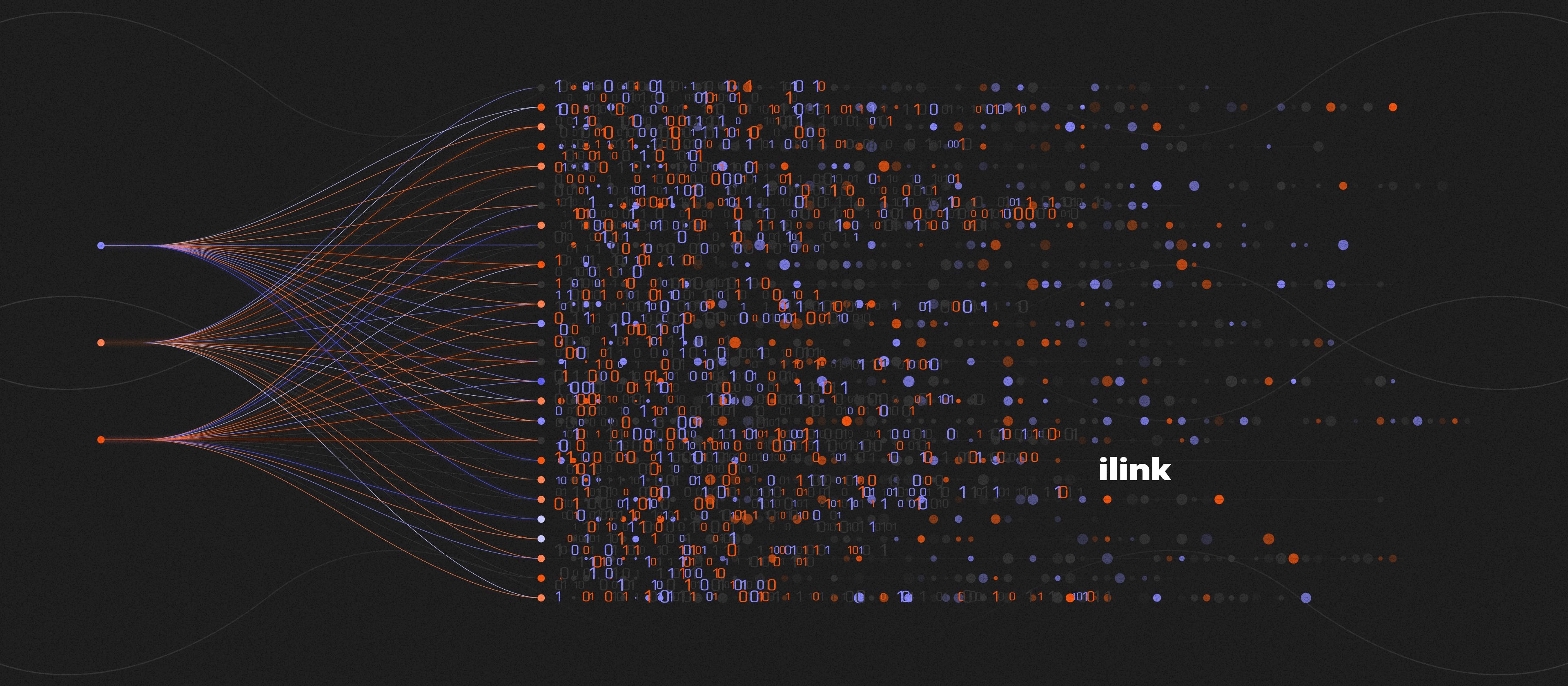Digital Transformation in Banking: Shaping the Future of Finance

Introduction
The banking industry is going through a fundamental shift. Customers expect faster, more personalized services, regulators demand more transparency, and competition from fintechs and digital-only banks is growing stronger every year. To survive and thrive, institutions are embracing digital transformation in banking, a move that is redefining financial services from the ground up.
What Is Digital Transformation in Banking?
At its core, banking digital transformation means adopting new technologies to reshape how banks operate and deliver services. It goes beyond digitizing existing processes. Instead, it involves creating a fully digital-first model that integrates automation, artificial intelligence, cloud computing, and data-driven decision-making.
The difference is clear: digitization is putting existing services online, while digital banking transformation is about redesigning those services for the digital age. This is why many banks are transitioning to Banking-as-a-Service (BaaS) and customer-centric business models.
Drivers of Digital Transformation in Banking
Several forces are pushing banks toward modernization:
- Customer expectations. People want mobile-first, 24/7 access to financial services.
- Regulation. Initiatives like PSD2 and Open Banking require secure integrations with fintech providers.
- Competition. Fintech startups and digital-only banks offer faster, more agile alternatives.
- Technology. Innovations such as AI, blockchain, and cloud computing are changing what is possible in finance.
These drivers make digital transformation in financial services not optional, but essential.
Core Areas of Digital Transformation
Banks are implementing transformation across different domains to stay competitive:
- Mobile and Online Banking. Intuitive apps that replace branch visits.
- Payments and Transfers. Faster, real-time, and cross-border systems.
- Artificial Intelligence. Smart chatbots, robo-advisors, and fraud detection tools.
- Blockchain and Cryptocurrencies. Transparent and secure digital transactions.
- Open Banking APIs. Enabling collaboration with fintech ecosystems.
- Cloud Migration. Scalable infrastructure with reduced costs and improved agility.
Benefits of Digital Transformation in Banking
The adoption of digital banking transformation brings tangible advantages:
- Personalized customer experience through data-driven insights.
- Reduced operating costs thanks to automation and cloud efficiency.
- Stronger security with AI-powered fraud detection and monitoring.
- Easier compliance through digital record-keeping and reporting.
- Competitive positioning against fintech disruptors and new market entrants.
These benefits show why digital transformation in banking is not just about technology, it’s about future-proofing the business.
Implementation Strategies for Digital Transformation in Banking
Adopting new technology is only part of the process. Successful digital transformation in banking requires a clear strategy and execution plan.
Banks can move forward by:
- Modernizing legacy systems gradually instead of attempting full replacement at once;
- Leveraging cloud infrastructure to improve agility and reduce operational costs;
- Partnering with fintech companies for faster innovation and specialized services;
- Promoting cultural change within organizations to support digital-first thinking.
These strategies ensure that transformation is sustainable and aligned with long-term business goals.
The Role of Digital-Only Banks in Transformation
The rise of digital-only banks is a strong example of how transformation is reshaping the financial landscape. These banks operate entirely online without physical branches, delivering mobile-first experiences designed around convenience and cost efficiency.
Their advantages include:
- Lower operating costs compared to traditional banks.
- Faster innovation cycles with fewer legacy constraints.
- Seamless onboarding and user-friendly interfaces.
- Stronger integration with fintech ecosystems and open banking APIs.
By setting new customer experience standards, digital-only banks are pushing traditional institutions to accelerate their own digital banking transformation.
Digital transformation in banking is not just a trend, it is the foundation of the industry’s future. From enhanced customer experiences to stronger compliance and security, it is reshaping how financial services are delivered. Banks that embrace digital banking transformation today will be better positioned to innovate, gain trust, and compete with fintechs and digital-only banks. In the era of digital-first finance, transformation is no longer optional, it is a strategic necessity.
Comments (0)
Latest Posts

Startups and enterprises alike need ways to test ideas quickly, minimize risks, and adapt based on user needs.

For companies across fintech, healthcare, e-commerce, and blockchain, artificial intelligence agent development is unlocking new opportunities for efficiency, innovation, and growth.
Do You Have Any Questions?
Leave your details - we will contact you to answer all your questions

